Thursday is Scotland’s national day – not that you would notice across most of the country.
St Andrew’s Day goes unnoticed by most people each November 30, unlike St Patrick’s Day, which is celebrated not just in Ireland but the world over on March 17.
For years, I have looked on with envy as other countries celebrate their national day with pride and a public holiday.
Even though St Andrew’s Day was officially made a bank holiday by the Scottish parliament in 2006, banks are not required to close and most people will be working as normal.
Across the north and north-east’s eight council areas, none have a day off for schools to celebrate this year, despite some having in-service days earlier this month.
In the British Isles, Scotland’s national day falls at the worst time, one day before December and 25 days ahead of Christmas.
England’s St George’s Day (April 23), Wales’s St David’s Day (March 1) and Ireland all have better timings – and weather – for their national celebrations. However, Finland’s Independence Day takes place on December 6, so maybe weather and proximity to other festivities is not a valid argument for not celebrating.
Should St Andrew’s Day be a national holiday?
For years, I have felt like a lone wolf trying to celebrate St Andrew’s Day, but it does not feel like a “national day” when hardly anyone else marks it.
I am encouraged by several initiatives, though, including some official events taking place, the flying of the Scottish flag (the St Andrew’s Cross or saltire) at 10 Downing Street, and the Google Doodle.
Is it time that Scotland moved away from having St Andrew’s Day as its national day altogether, especially as Andrew the Apostle is also the patron saint of Cyprus, Romania, Russia and Ukraine? As well as this, Barbados celebrates its independence day on November 30.
Some may ask why Scotland should have a national holiday at all, since it is not a sovereign state, and we already have big celebrations for Burns Night and Hogmanay.
Regardless of Scotland’s constitutional status and whether you identify as a nationalist, unionist or indifferent, I think we Scots can all agree that Scotland is a proud nation with a distinct culture and achievements to celebrate.
As Sir Winston Churchill said: “Of all the small nations of this earth, perhaps only the ancient Greeks surpass the Scots in their contribution to mankind.”
National symbols belong to all Scots, regardless of politics
I believe that too many things in Scotland are seen through the constitutional prism – something we need to move away from – and we should remember that our national symbols (including the saltire flag) belong to all Scots, regardless of politics.
Back in 2009, then Scottish Secretary Jim Murphy said the Labour Party had let the SNP “monopolise” the saltire. It would be great if the pro-union parties “reclaimed” it.
In 2015, I unsuccessfully tried to get the Scottish parliament to officially recognise Flower of Scotland as Scotland’s national anthem, which I did to try and unite the country after the divisive independence referendum.
And uniting the country is the motivation behind my proposal that April 6 becomes this country’s new national celebration, Scotland Day.
On April 6 1320, the Declaration of Arbroath was signed, and is an important part of Scotland’s history, as well as being widely credited for inspiring the United States’ famous constitution.
As someone who supports Scotland’s place in the UK and has no time for the “anyone but England” mentality, I see no need to be scared of this date. All I can see are benefits (socially and economically), and a boost internationally, especially as April 6 is already Tartan Day in North America, with Tartan Week taking place annually in New York City.
I have been lucky enough to visit different parts of the world, and Scots are loved across the globe, something which we should learn to celebrate and embrace.
If the Eiffel Tower and Sydney Opera House can be lit up in green for St Patrick’s Day, what is stopping Scotland’s national day having the same effect?
Or maybe Jim Sillars was right – perhaps we are a nation of “90-minute patriots”.
Chris Cromar is a live news journalist for The Press and Journal
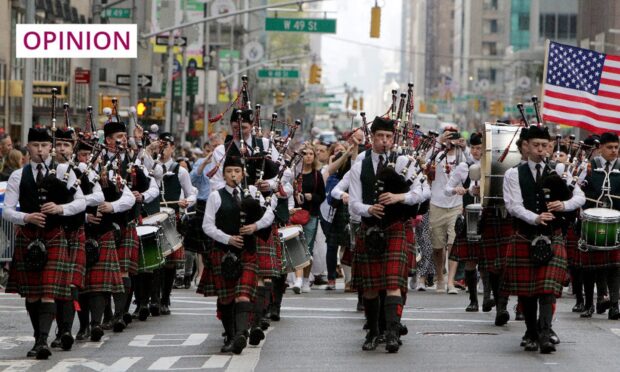
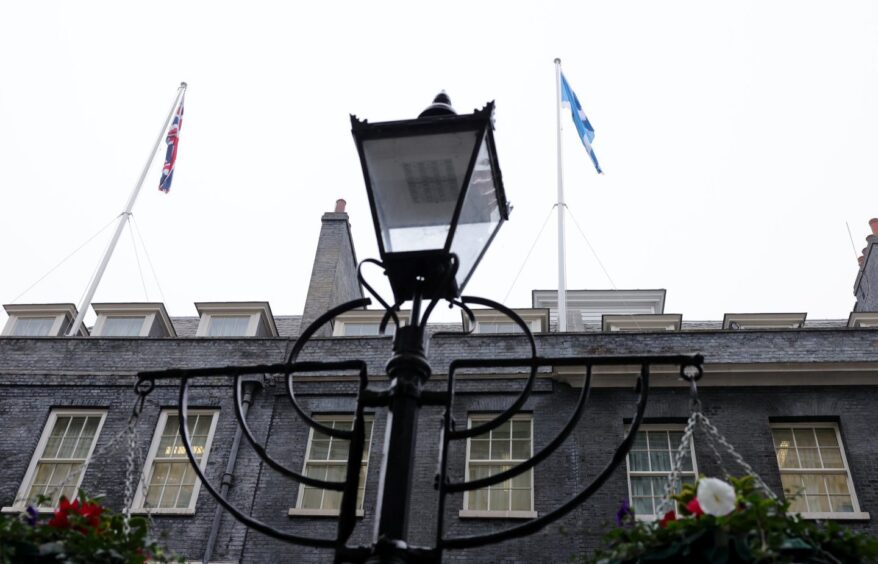
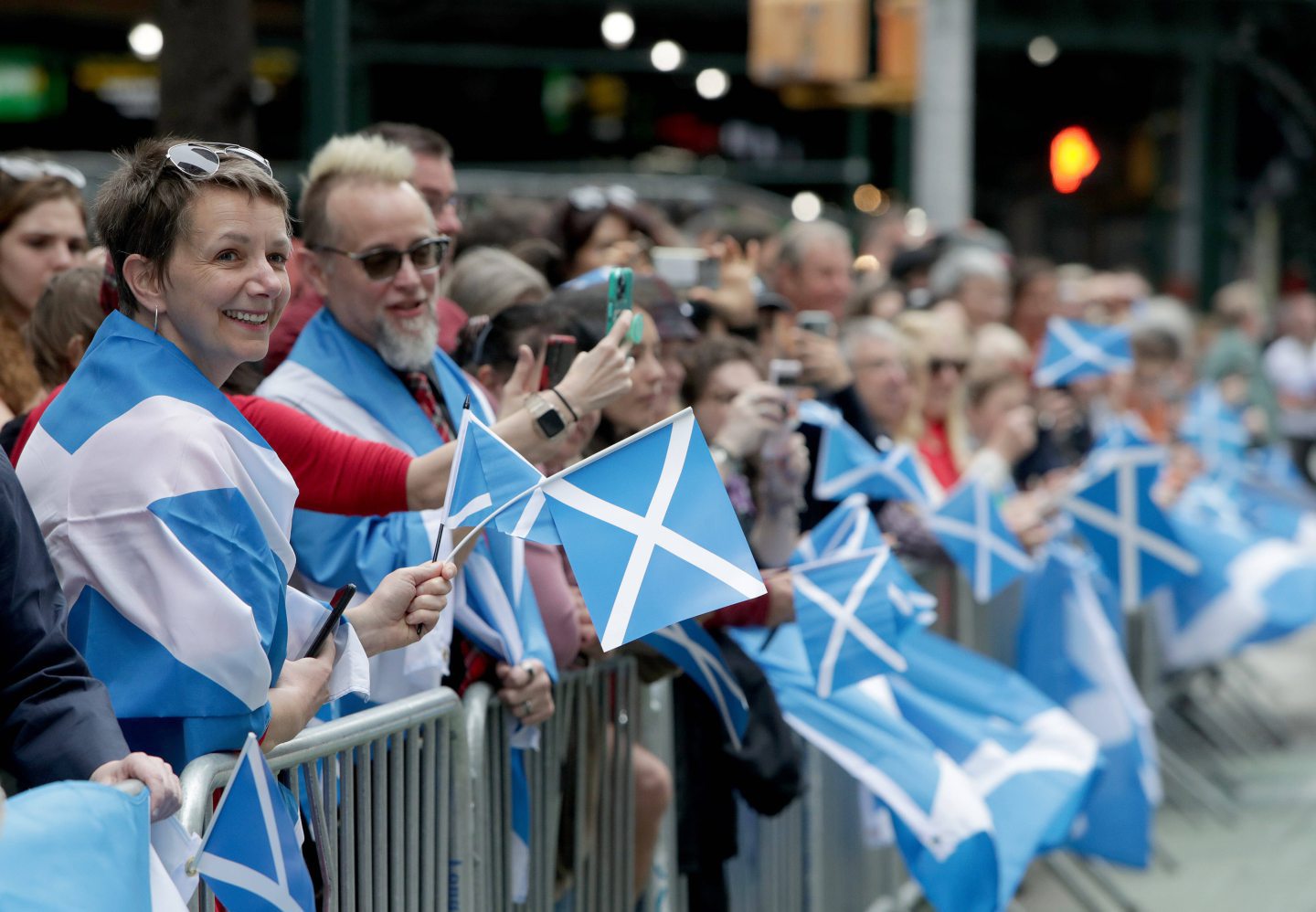

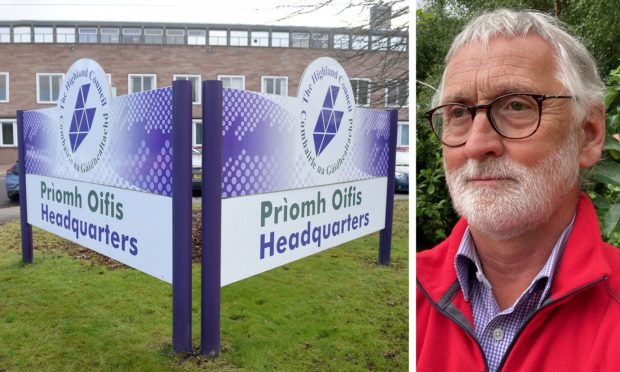
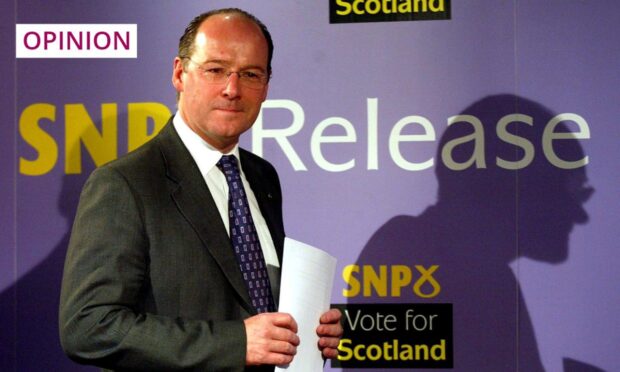
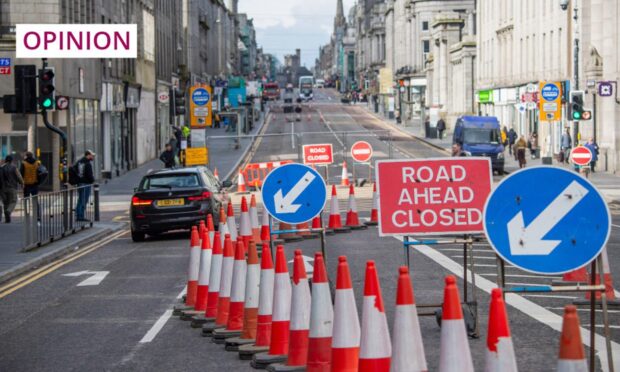
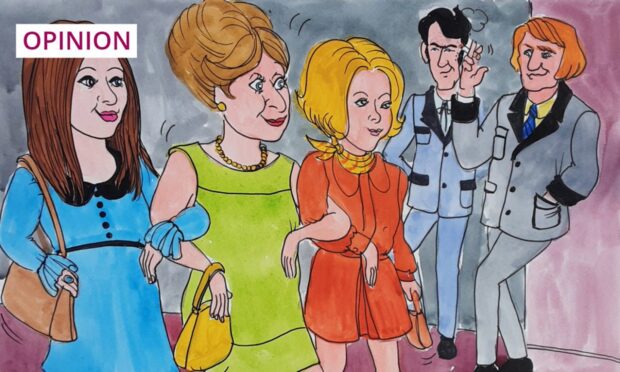
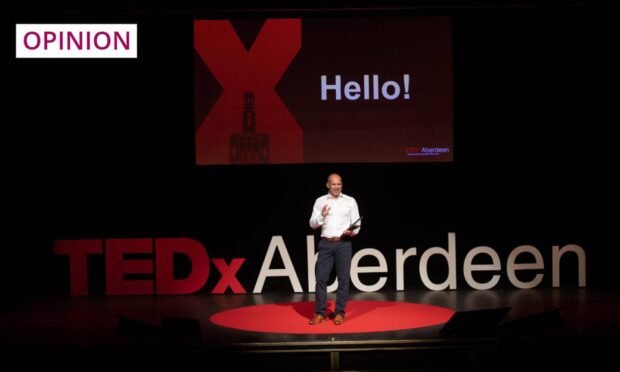




Conversation